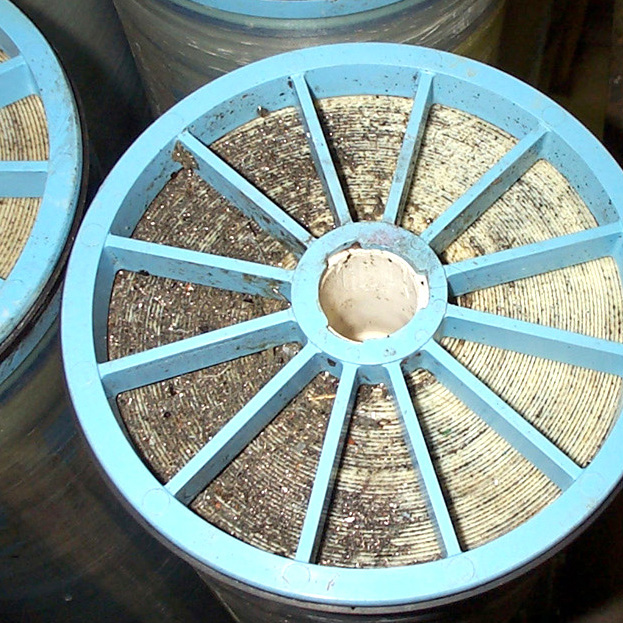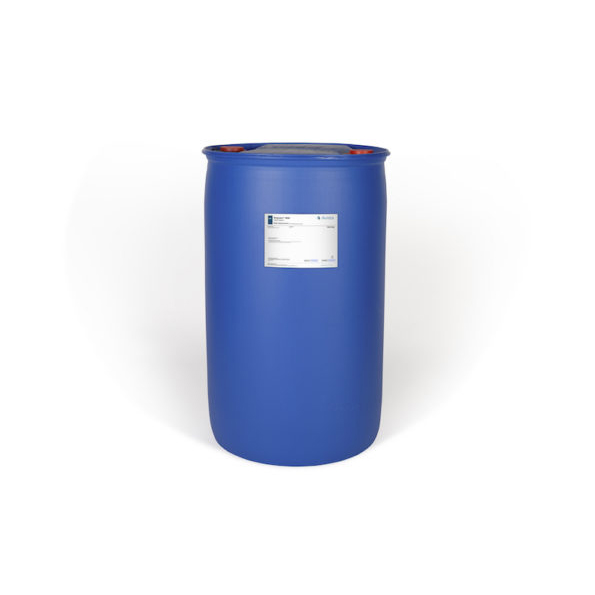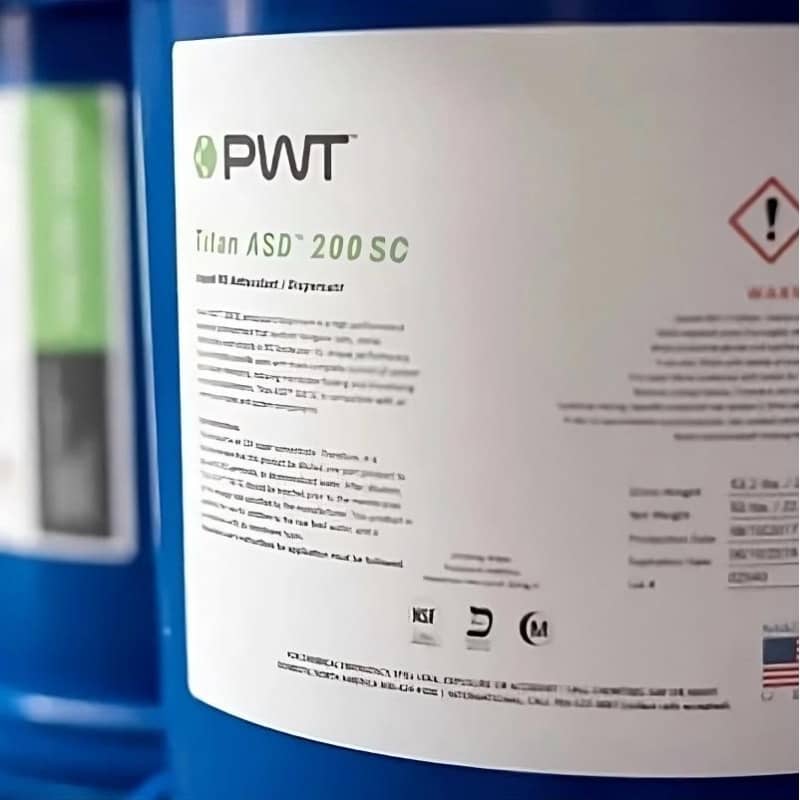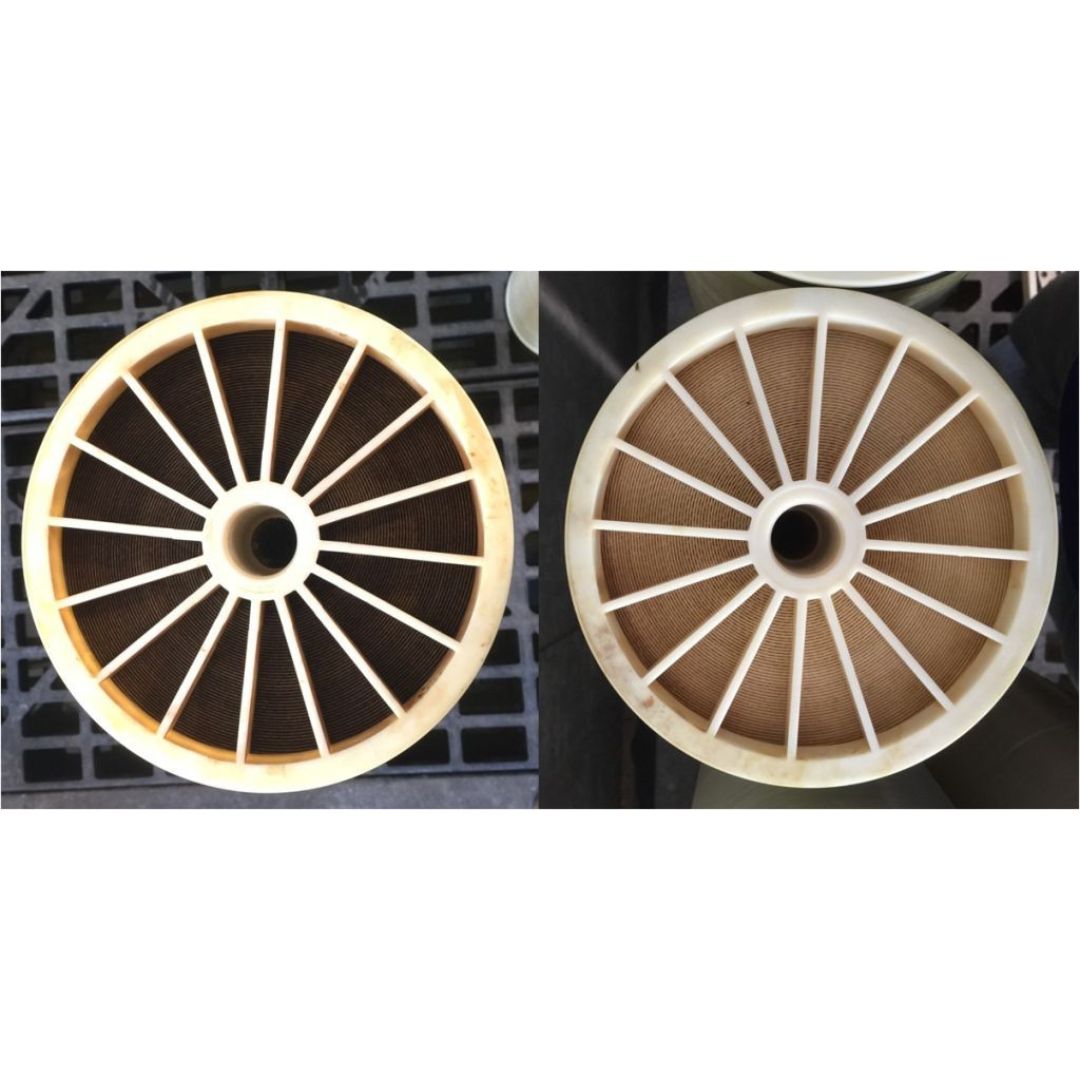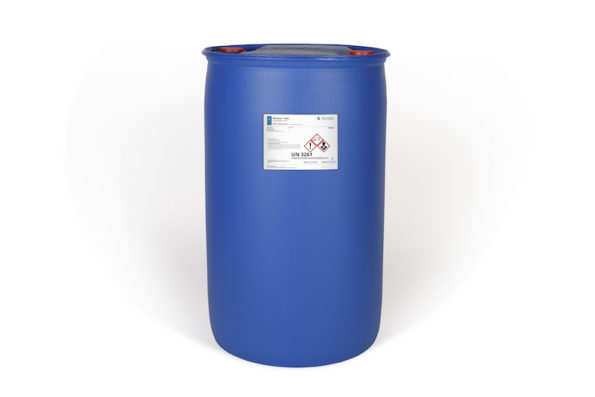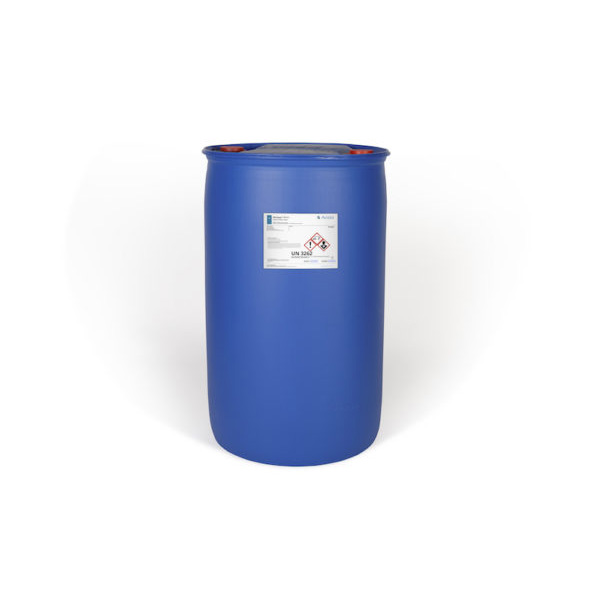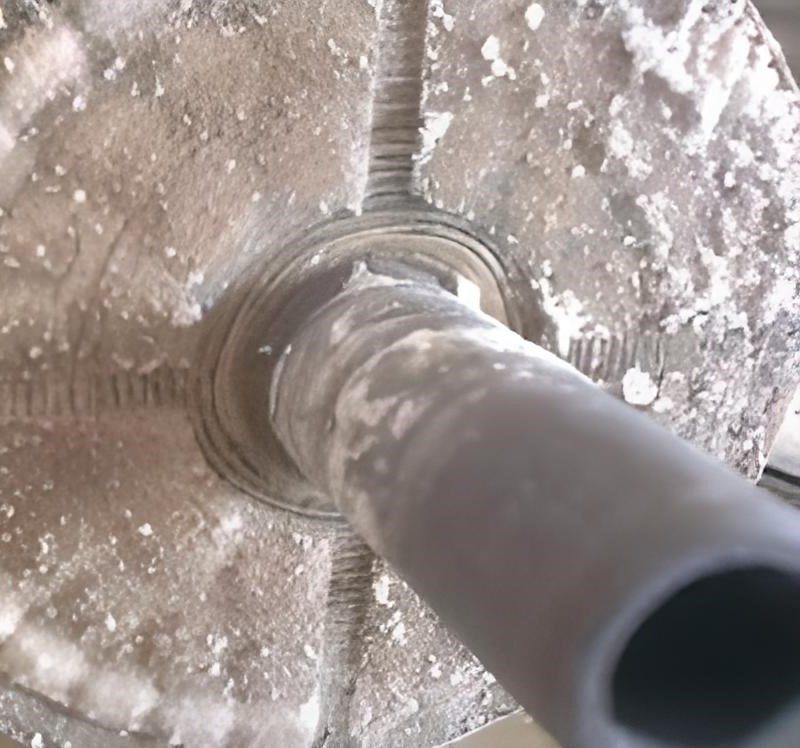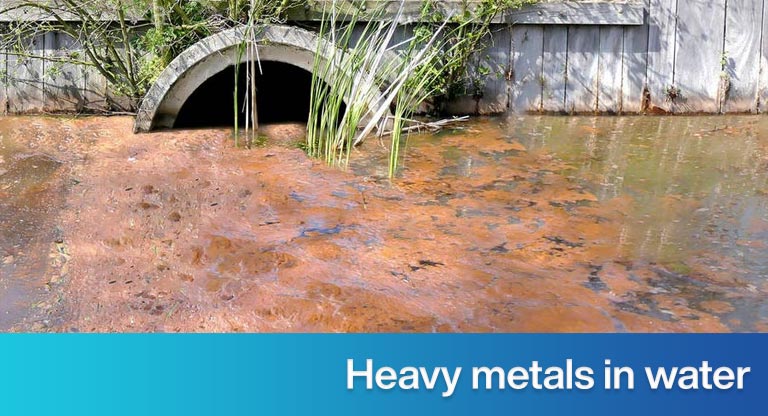
What do we call heavy metals in water?
The term heavy metal refers to any metallic chemical element that has a relatively high density and can be toxic or poisonous in low concentrations.
Heavy metals are natural components of the earth’s crust. They cannot be naturally degraded or destroyed. Some heavy metals (e.g. copper, selenium, zinc) are essential for maintaining the metabolism of the human body. However, at high concentrations they can lead to intoxication. Heavy metal poisoning can occur if water contaminated with any of these metals is consumed, high concentrations in the air are near the sources of emission, or ingestion through the food chain.
Aluminum.
Although aluminum is not a heavy metal (specific gravity 2.55 to 2.80), it represents approximately 8% of the earth’s surface and is the third most abundant element. It is readily available for human consumption through drinking water.
Arsenic.
Arsenic is the most common cause of acute heavy metal poisoning in adults. Arsenic is released into the environment by the process of smelting copper, zinc, and lead, as well as by the manufacture of chemicals and eyeglasses. Arsine gas (AsH3) is a by-product produced in the manufacture of arsenic-containing pesticides. Arsenic can also be found in water supplies, leading to exposure in shellfish, cod, haddock and some other seafoods, other sources of exposure are paints, rodenticides, fungicides and wood preservatives.
Cadmium.
Cadmium is a mining by-product in lead and zinc smelting, in nickel-cadmium batteries, PVC plastics, and paint pigments, in the manufacture of galvanizing when alloys are made with zinc.
Copper.
Copper at high concentrations can be toxic. Health effects include the following: may cause vomiting, diarrhea, loss of strength or, for severe exposure, cirrhosis of the liver. Hydrated copper is blue-green in color, and can be seen when it comes out of pipes and appears in water as a precipitate.
Iron / Iron.
Iron is a common heavy metal in water, care must be taken in taking iron supplements, and in the diet can acutely poison young children. Ingestion represents the greatest iron poisoning for people because this metal is rapidly absorbed in the gastrointestinal tract. The corrosive nature of iron seems to further increase absorption. It can cause a red or rusty brown stain on accessories or clothing and/or give a metallic taste to water.
Mercury.
Mercury is naturally generated in the environment in the degasification of the earth’s crust and volcanic emissions. It exists in three forms: elemental mercury, organic mercury and inorganic mercury.
Lead.
Lead is a very soft metal, it was used in pipes, drains and welding materials for many years, and was banned after its bioaccumulative capacity was discovered in the human body. Despite this, homes built before 1940 may still contain lead (e.g. on painted surfaces), resulting in chronic exposure in the home. Each year, industry produces about 2.5 million tons of lead worldwide. Most of this cable is used for batteries.
How to eliminate the heavy metals?
There are several methods to remove these metals from drinking water:
-
Ion exchange.
Ion exchange is the best solution when you have a considerable water flow, although special care must be taken in the selection of the resin, so that it has selectivity with the heavy metal to be removed.
-
Iron and manganese catalyzers
MnO2 catalysts are used to precipitate iron and manganese in the presence of a strong oxidant. Although this iron precipitate may be a contaminant, it has the capacity to adsorb some heavy metals such as arsenic.
-
KDF
KDF is used domestically by residential equipment manufacturers (in showers for example), it is used in small quantities as it is a somewhat expensive granular medium.
-
Coagulation – flocculation.
It is possible to remove heavy metals with the use of coagulating or flocculating agents, forming a coagulum large enough to be removed by a filtration process. It is important to know that a coagulation-flocculation process needs an extra filtration process to remove the clot or floc.
-
Filtration
When heavy metals are suspended in the water, the filtration process is used to remove them. Although it is rare for any metal to be in suspension, coagulation-flocculation processes can be used to increase the size of the precipitate. Deep bed filtration, membrane filters (microfiltration and ultrafiltration), and cartridge filtration can be used.
Sources: World Health Organization
Comparte:
Necesitas más información, escríbenos.
Algunos productos que te pueden interesar
-
RoClean L211 cleaning of membranes with organic matter fouling
Add to quote -
RoQuest 3000 Organic Liquid Coagulant from Avista
Add to quote -
Titan Antifouling for Reverse Osmosis Membranes
Select options -
RoClean P112 Membrane Cleaner for Silica SiO2
Add to quote -
RoClean P303 Calcium Carbonate & Metal Scale Cleaner
Add to quote -
RoClean P111 Biofouling RO Membrane Cleaner
Add to quote -
RoClean L403 Calcium Carbonate and Metal Scale Cleaner by Avista
Add to quote -
RoQuest 4000 Liquid Coagulant for Organic Matter Avista
Add to quote


